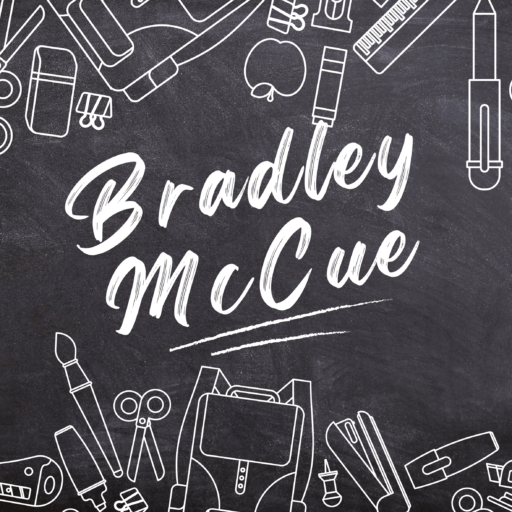Last week, I attended Allison Kostiuk’s class about coding. During this class, we learned about how to code by linking computer processes together in a specific order. Video game creation is something I have always been interested in, but assumed that I did not have the skill set for it. That being said, I have always wondered if video games had a place in the classroom. Last year, I found a game application called Prodigy, which is a video game that is used to help teach students at specific age groups learn mathematics. It was a cool game, but it left me thinking about the possibility of educational games. Educational games have existed forever, I remember playing a history game called Mario is Missing as a kid where you answer history questions as the character Luigi in order to rescue Mario. What an incredible concept, so how can we take it a step further. First, let me give you some context.
One week ago, in Ms. Kostiuk’s class, I had a sudden epiphany. I knew that Christmas was coming up, so I had been brainstorming ideas on what I could get my girlfriend for a gift. Last year, I gave a particularly thoughtful gift, so I knew that I had to outdo myself. My epiphany was this: If I could teach myself how to create processes in specific order to illicit a specific result, what was stopping me from teaching myself how to code video games. This was the new plan: Make my girlfriend a video game that spans the events of our entire relationship. At first, this was a pet project I was taking on, but got immediately hooked and sucked in. My process became arduous, long, tedious and I am loving every second of it.

Granted, it is important to note that I am using video game development software called RPG Maker MV for this process, which does make coding a little easier, but once I realized that through coding, I could greatly expand the capabilities of my game, I started reading hundreds of forums and watching dozens of YouTube tutorials. I have become absolutely obsessed. My first goal was to create a set of events and levels that would occur in a specific order. This was my baseline. Then, I bought a notebook and a fancy felt-tipped pen to act as developer’s log. I have spent, in the last 7 days, roughly 60 hours of my life coding and bug testing my game.

I became so confident in my game, that I decided to send it to a few people whom I know and trust to BETA test it, which came back with some notes, but mostly positive reception. It is, after all, a video game coded and launched in less than a week, so I do believe that my testers were going fairly easy on me.
Creating this project has been incredibly addicting, and I cannot express enough how much fun I am having with it. Eventually, when I am happier with the final product, I would love to provide a download link to you if you would like it. Even as I write this article right now, I have my developer log next to me and whenever I come up with an idea for a change or alteration, I jot it down really quickly. I have been carrying this around with me everywhere I go and writing notes in my phone. For fun, I have attached just one of the 15 pages of my developer log. If you’re reading this, given the nature of things, please do not tell my girlfriend about it.

This process is also cross-application as well, as I am using several other programs to create assets, including Canva, Sony Vegas Pro and Audacity. This creates a huge literacy for technology and could be used to teach a variety of cross-curricular subjects. A teacher could either teach the students how to use this program in a computer class, but the students could also learn how to build story structure and dialogue, games could be created for specific purposes, such as Math or Science quiz games that reward players for knowing the information in a textbook or remembering ideas from a previous lesson. The opportunity for this software is truly endless. If a teacher were to put in the time to create meaningful ways for students to interact with their learning, you could unlock endless potential for learning.


